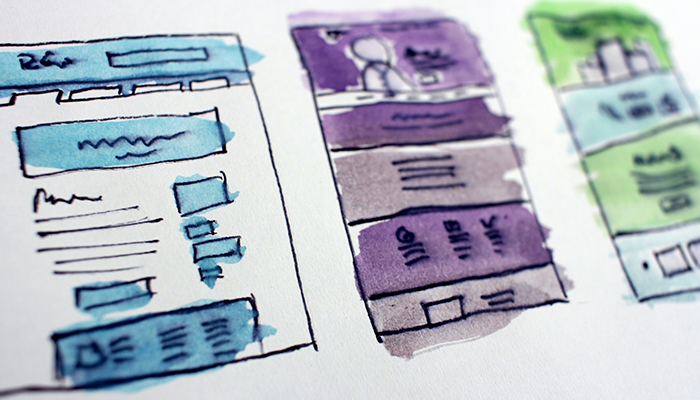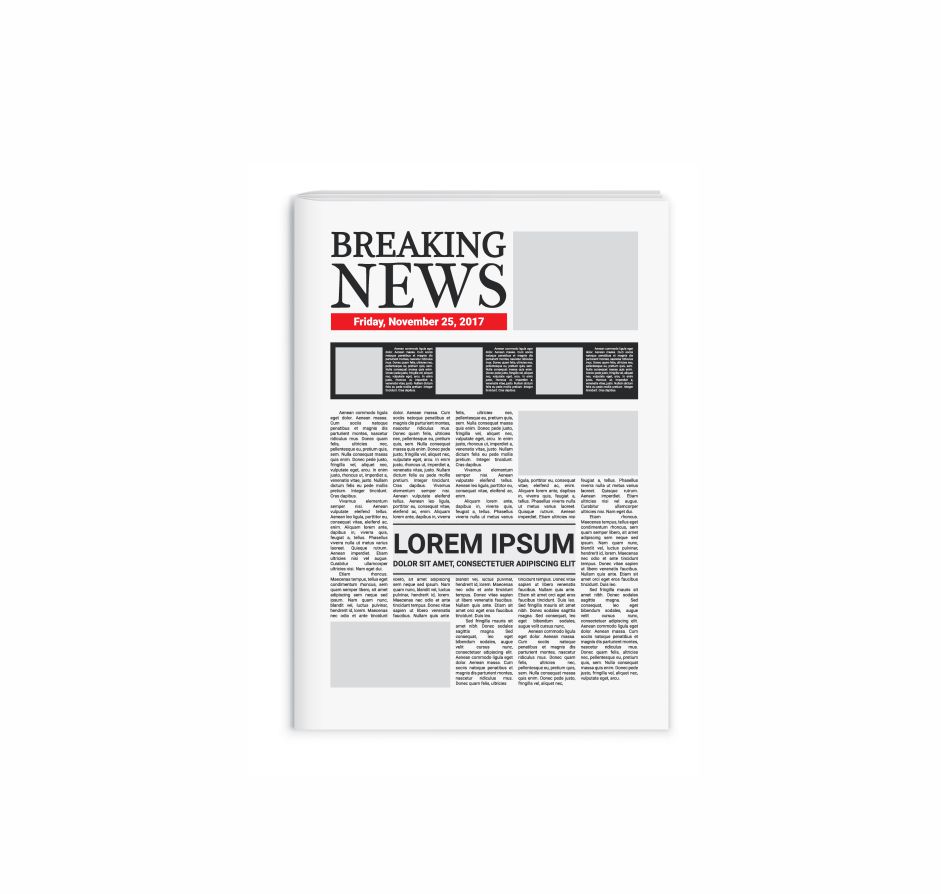
When it comes to design or publication, body text is the unsung hero that carries the main message. It’s the bulk of written content in websites, books, and other publications. While headlines and visuals may capture attention, the body text ensures readers stay engaged and absorb the intended information.
What is Body Text?
Body text refers to the primary written content of a design. It’s the paragraphs in an article, the pages of a book, or the content on a website. Its purpose is to communicate the core message clearly and effectively, making it an essential component of any written or visual material.

Characteristics of Good Body Text
- Readability: The text must be easy to read, with an appropriate font size and spacing.
- Consistency: Fonts, alignment, and formatting should remain uniform throughout.
- Contrast: Adequate contrast between text and background enhances visibility.
- Hierarchy: Organized headings, subheadings, and paragraphs make the content easy to navigate.
Tips for Optimizing Body Text
- Font Selection: Choose fonts designed for readability, such as serif or sans-serif fonts.
- Line Spacing: Maintain enough space between lines to avoid overcrowding.
- Paragraph Length: Keep paragraphs concise to hold the reader’s attention.
- Responsive Design: Ensure the text adapts well to different screen sizes for digital content.
The Importance of Body Text in Communication
While eye-catching designs and bold headlines draw readers in, it’s the body text that delivers substance. A well-structured body text not only conveys the intended message but also enhances the overall user experience.
By giving proper attention to the body text, you ensure that your audience remains engaged and fully understands your content. This makes it a cornerstone of any effective design.
Latest Posts
Follow Us
